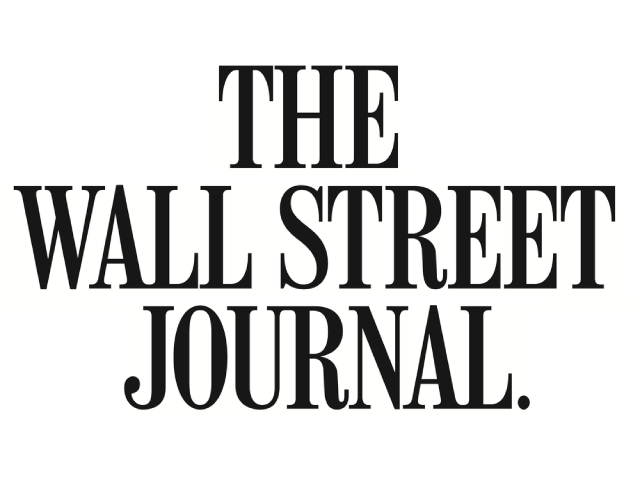The Health and Human Services Department recently made news with a report touting that “National Uninsured Rate Reaches All-Time Low in Early 2022.” Sounds encouraging, but look beneath the covers and what you find is a quiet but enormous shift from private to government-subsidized coverage.
HHS estimates there are 5.2 million fewer uninsured Americans than in 2020. Yet Medicaid rolls during the pandemic have swelled by 24 million—a 34% increase—while two million more adults have enrolled in ObamaCare exchange plans.
Why are so many more people on Medicaid when the U.S. unemployment rate has reached a near-record low? A large part of the answer: The Families First Coronavirus Relief Act from March 2020 barred states from removing people who become ineligible from their Medicaid rolls for the duration of the public-health emergency in return for a bump in federal funding.
If not for Mr. Biden’s recurring emergency declaration, about 20 million Medicaid enrollees would no longer be eligible, most because their incomes exceed the threshold for qualifying. Many could now get coverage through their employers, but why pay insurance premiums when Medicaid is “free”?
Taxpayers are thus getting slammed with a huge surprise medical bill. Annual Medicaid spending has increased by $198 billion during the pandemic. That’s about as much as Medicaid spending grew from 2012 to 2019 during the first seven years of the ObamaCare expansion. As long as the Biden Administration continues the public-health emergency—now set to end on Oct. 13—the taxpayer Medicaid tab will continue to grow. And what are the odds the Administration won’t renew the emergency again before the election?
The other explanation for the government insurance takeover is Democrats’ expansion of ObamaCare exchange subsidies in March 2021. As a result, millions of Americans pay no premiums, and households making more than 400% of the poverty line receive generous subsidies. The Congressional Budget Office initially estimated the two-year subsidy expansion would cost $22 billion. Actual cost: $50 billion.
More Americans enrolled in the exchanges than CBO predicted, and insurers have taken advantage of the sweetened subsidies by raising premiums. Yet CBO bizarrely forecasts that the Schumer-Manchin bill’s three-year subsidy extension will cost a mere $33 billion.
How does CBO figure that three years of subsidies will cost 34% less than two years? Maybe it expects healthcare spending to fall as the pandemic recedes, but insurers are now raising premiums to cover Covid treatments they expect the feds to stop paying for.
By the way, CBO doesn’t account for the Administration’s proposed regulation to fix ObamaCare’s so-called family glitch, which limited exchange eligibility for many individuals offered family coverage through their employers. The Administration estimates the change could make an additional five million Americans who currently have access to employer coverage eligible for more generous subsidies on the ObamaCare exchanges.
The Administration appears to want to drive more people into Medicaid and tightly regulated ObamaCare plans, and thus make more Americans dependent on government for healthcare. Government also subsidizes employer coverage through the healthcare tax deduction, but this is significantly less expensive for taxpayers.
Annual Medicaid and ObamaCare spending has increased by about $230 billion during the pandemic, which comes out to about $44,000 per newly insured American. Alas, taxpayers can’t challenge this overcharge.
The Wall Street Journal




